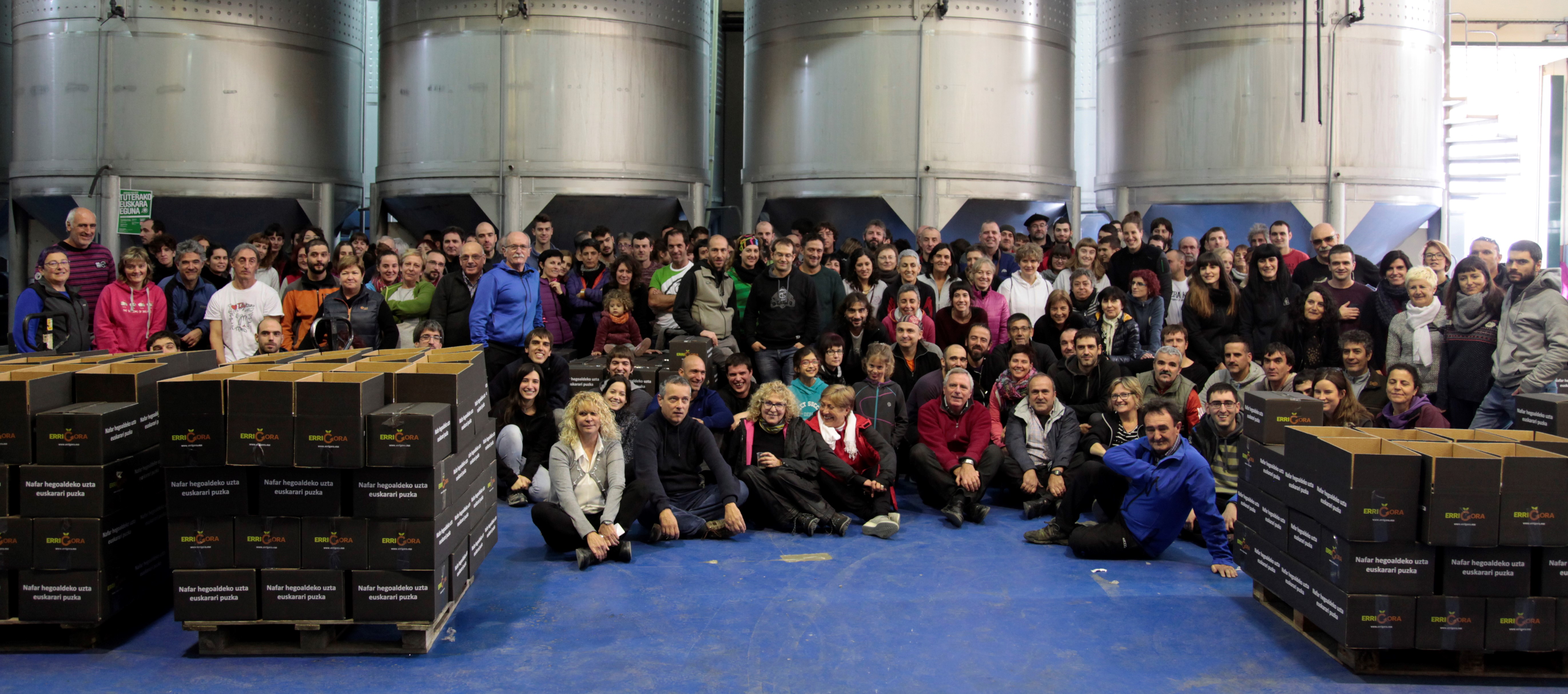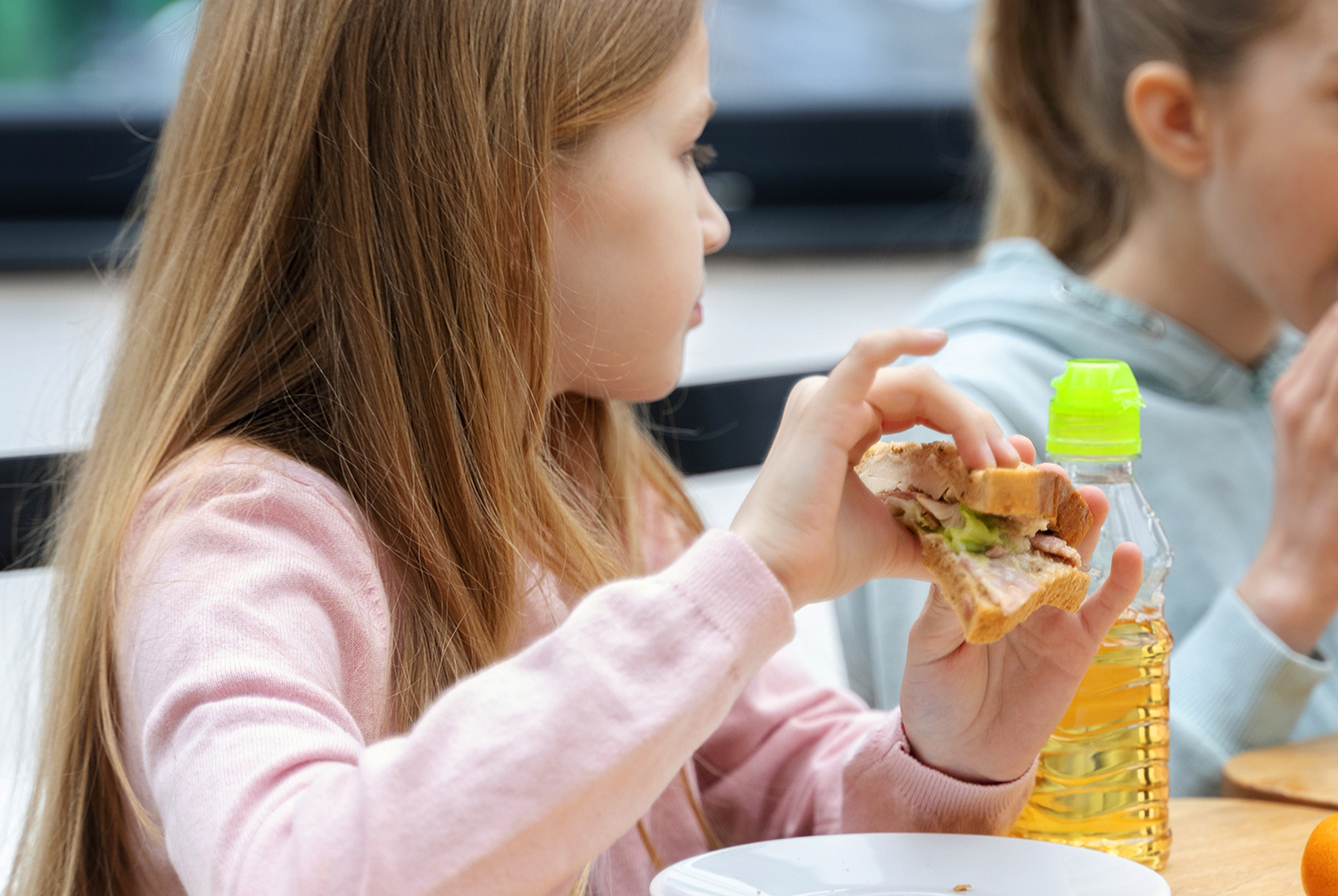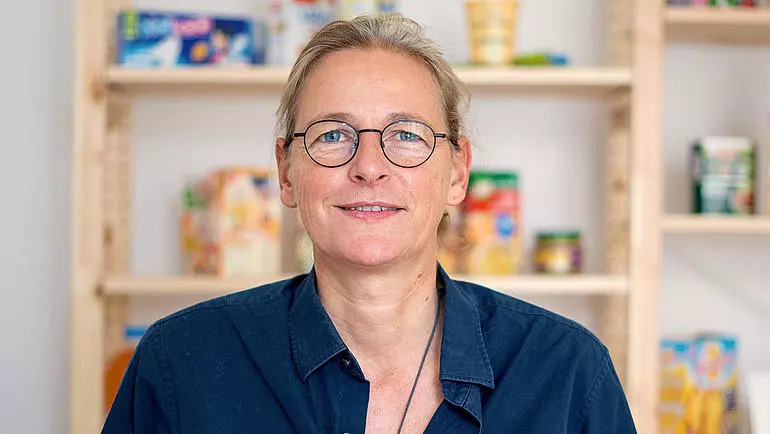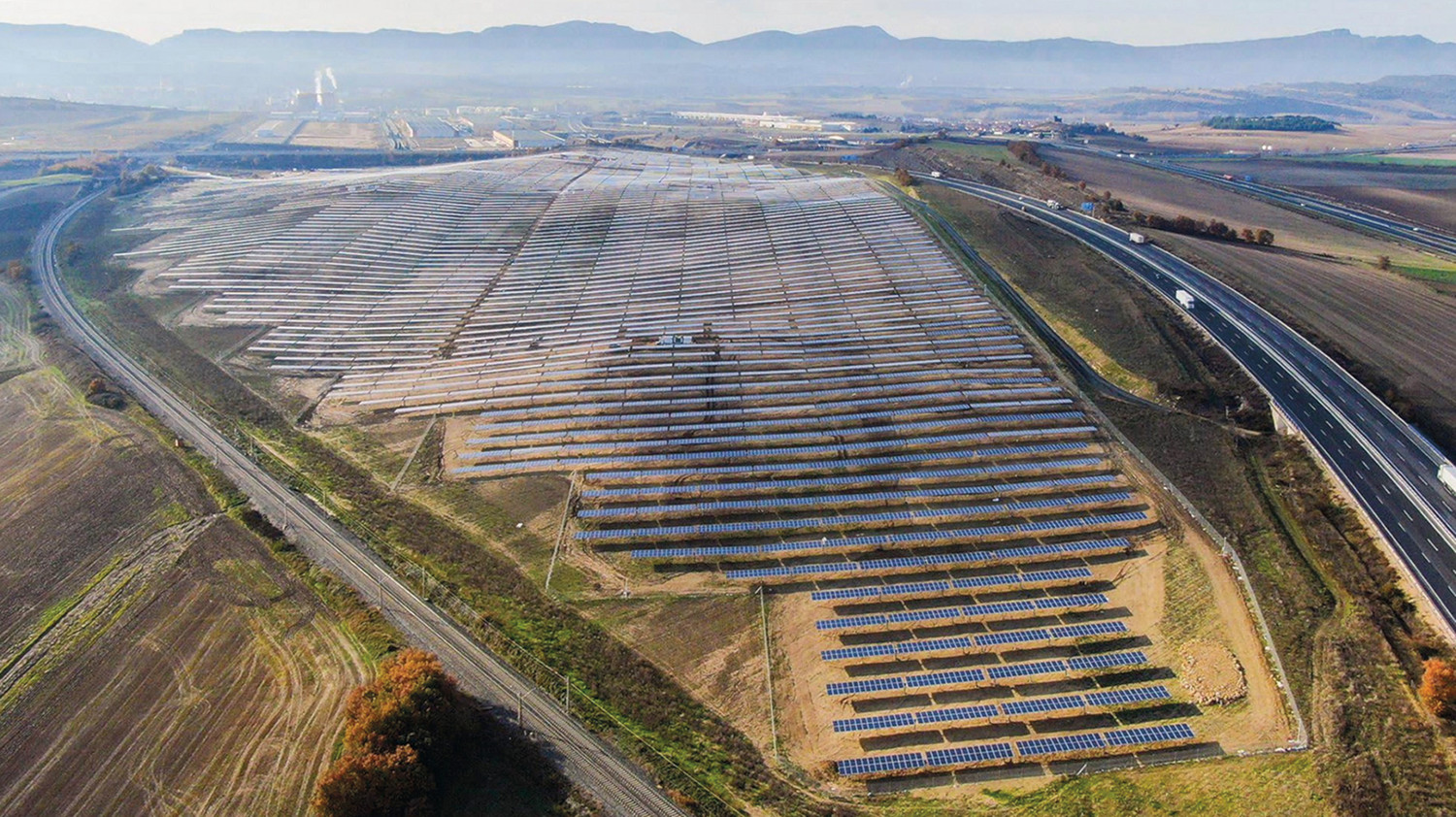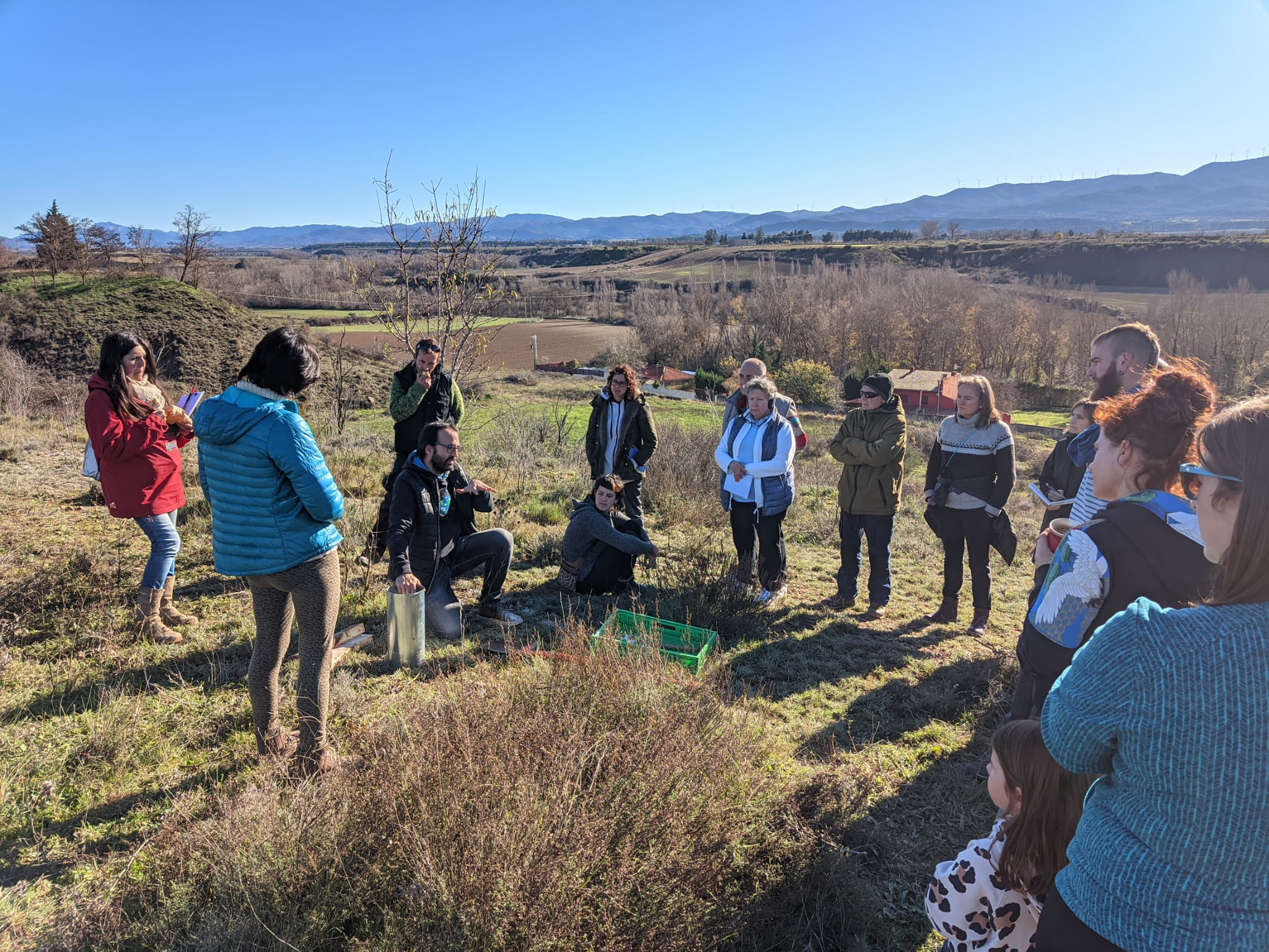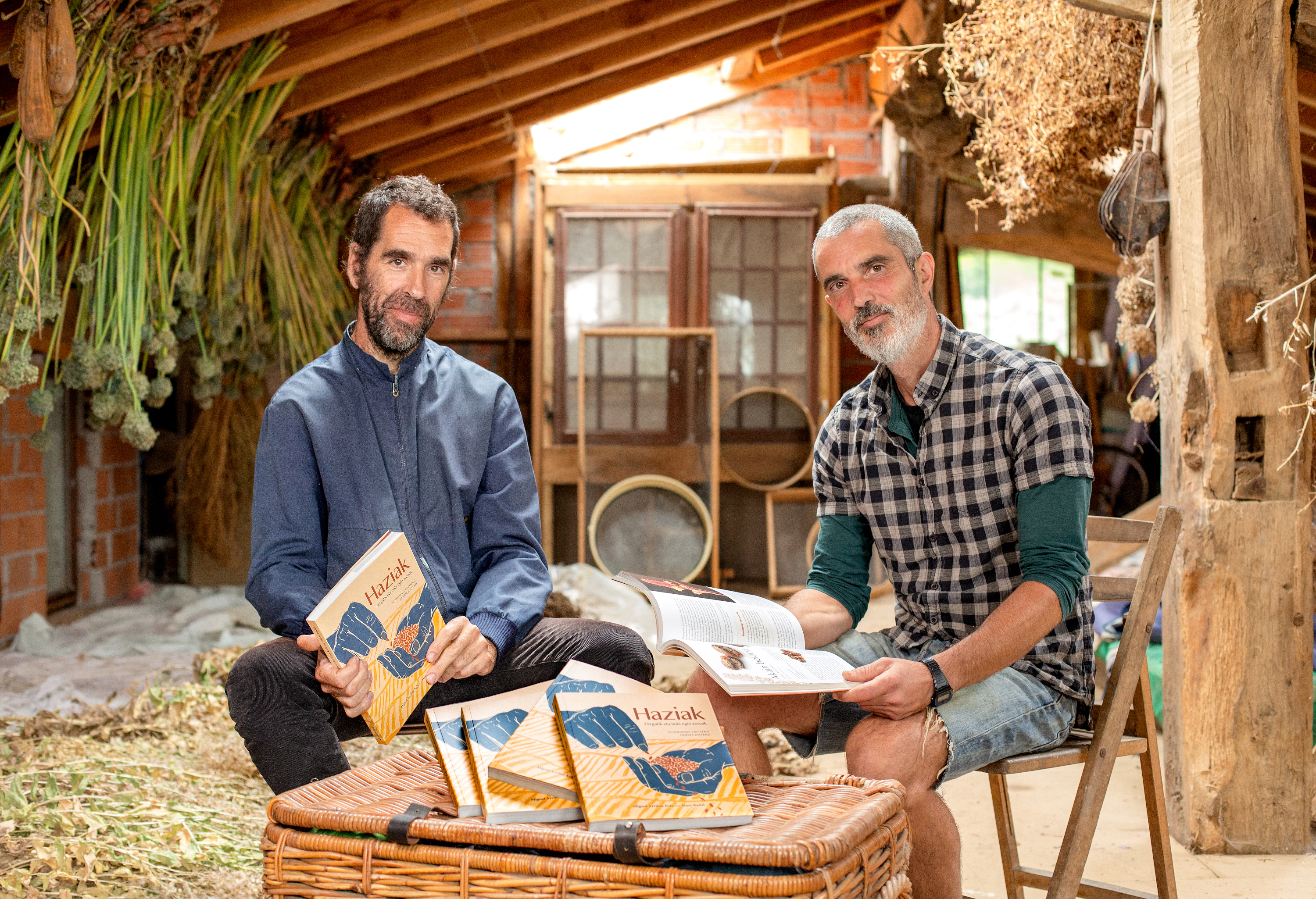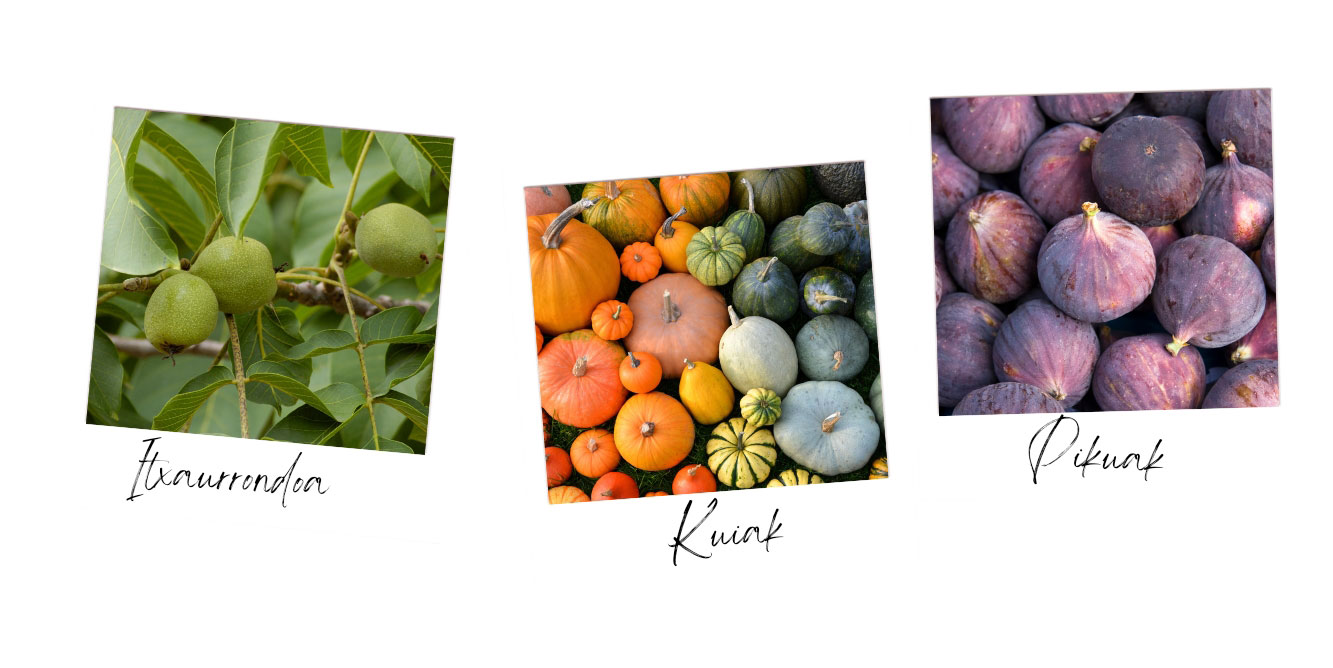In the Gulf of Bizkaia enough fish is fished to feed all the inhabitants of the Basque Country.
- According to the latest Gaindegia analysis, the majority of the Basque population consumes less fresh fish from the area. Between 2008 and 2019, the annual consumption of the population of Euskal Herria has decreased by 7.4 kilos.

According to the latest analysis by Gaindegia, “if we understand that the entire Gulf of Bizkaia is a natural field to satisfy the food consumption of the Basque population, what is currently caught inshore and high is sufficient to meet the needs derived from the consumption of fish in the Basque Country”.
In a report compiled by Naiz, they highlighted the “great supply capacity” of the Gulf of Bizkaia in different species. The verdel, the sardine, the anchovy, the hake, the chicharro, the lubine and the beautiful abound in our sea. The anglerfish, the chipirón and the gilt, for their part, are in a situation of scarcity in terms of the consumption habits of the Basques.
Imanol Esnaola, the general coordinator of Gaindegia, said this to the Naiz environment: “Current market trends, of this consumer society, will have to change if the local sector is to take its place in the market. We can’t continue to prioritize what comes from outside if in the meantime we’re ending what’s here.” According to Esnaola, the Gulf of Bizkaia is "productive", but eating habits do not adapt to what the waters offer. Instead, the most competitive distance products in price are ahead of fish in Basque waters. “They cannot be as accessible as they are now, because that leads us to forget indigenous fish and to fish the distant, or to underestimate the local fleet and to extol the high-rise fleets,” says Esnaola.
Fresh fish below
According to the conclusions drawn by Gaindegia, the eating habits of the Basque population are changing. Between 2008 and 2019, annual consumption per inhabitant has decreased by 7.4 kilos. In this respect, consumption of fresh fish has been affected by this decline, as four kilos have been reduced in eleven years. This downward trend, however, has occurred since 2013. It was then that the highest consumption of fish was recorded in the last eleven years. The average consumption of fish per inhabitant was 36 kilos per year. Of this amount, 19 kilos correspond to fresh fish. These 36 kilos have become 26 in 2019, which means a drop of 10 kilos to 60% in the case of fresh fish. However, the total mass of fish caught has not decreased in recent decades.
Increase in imports
The products of the distant seas are gaining ground in the purchases of the Basque Country. In 2019, 26,340 tons of America came to Hego Euskal Herria. According to data from the Spanish Ministry of Industry, Trade and Tourism, 5,700 tons of processed fish were shipped from the United States, 990 tons of crustaceans were shipped from Ecuador, and 900 tons of dry and salty fish from Greenland, compared to 560 tons from Canada.
Unpayable
In the midst of the pandemic, fresh food prices have generally increased. Gaindegia has also submitted a number of data in this regard. In May of this year, for example, 2.1% and 4.8% more expensive has been sold than in the same month of the previous year in Iparralde and Hegoalde, respectively. While the price has risen at the sales outlets, the auction has not had the same trend and it was noted that the anchovy season was in full shape. The kilo was sold below the euro, while the price of sales outlets reached five. Esnaola has stressed that this "makes evident the paradox of Western society" that while poor quality or low protein foods are becoming cheaper, those who work with scarce economic resources "have an increasingly worse state of health".
Are baserritars on vacation? They ask in school. The students have answered no. So, working every day, would you like to be baserritarra in the future? And if nobody wants to be a baserritarra, who is going to make food for us? The question stayed in the air.
For the health and... [+]








